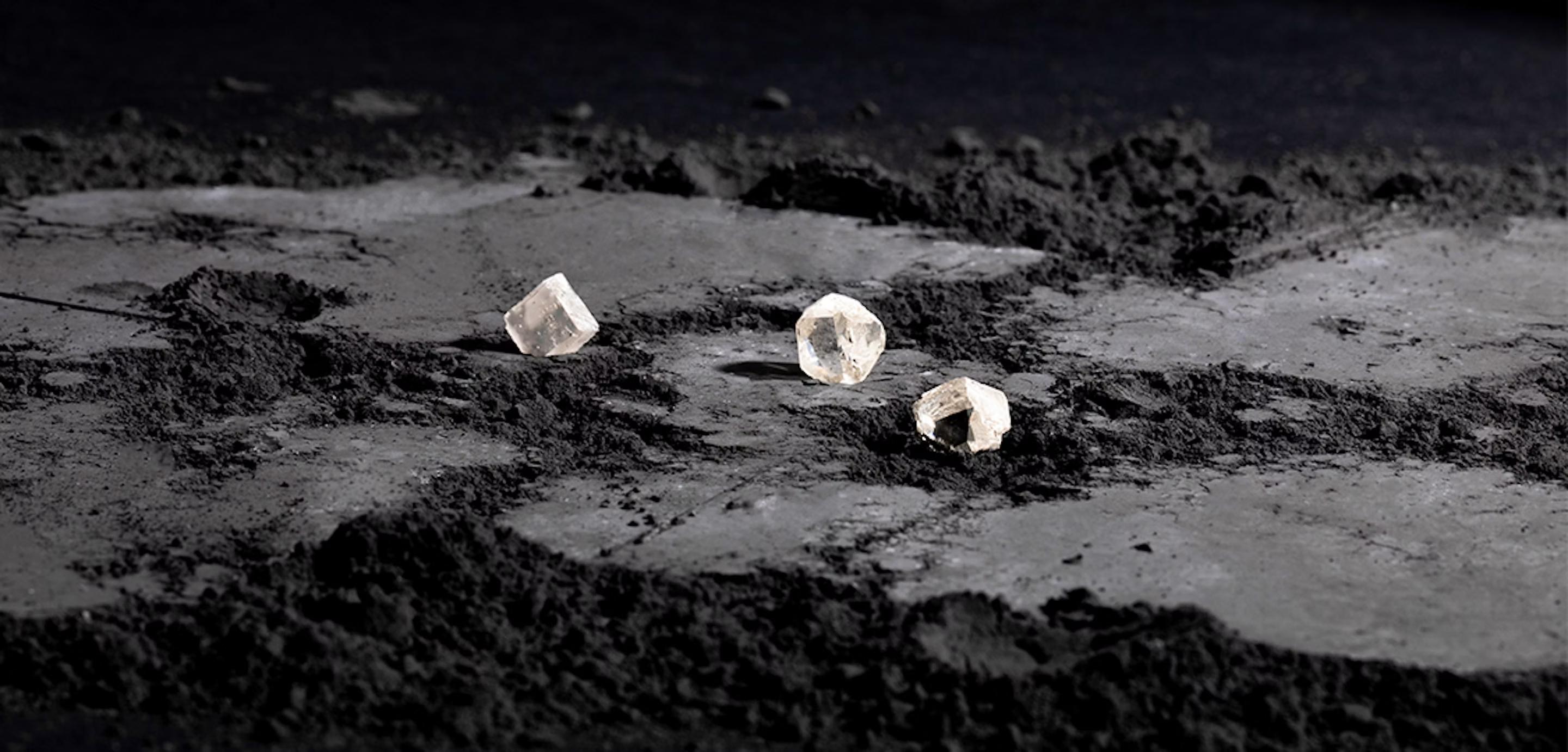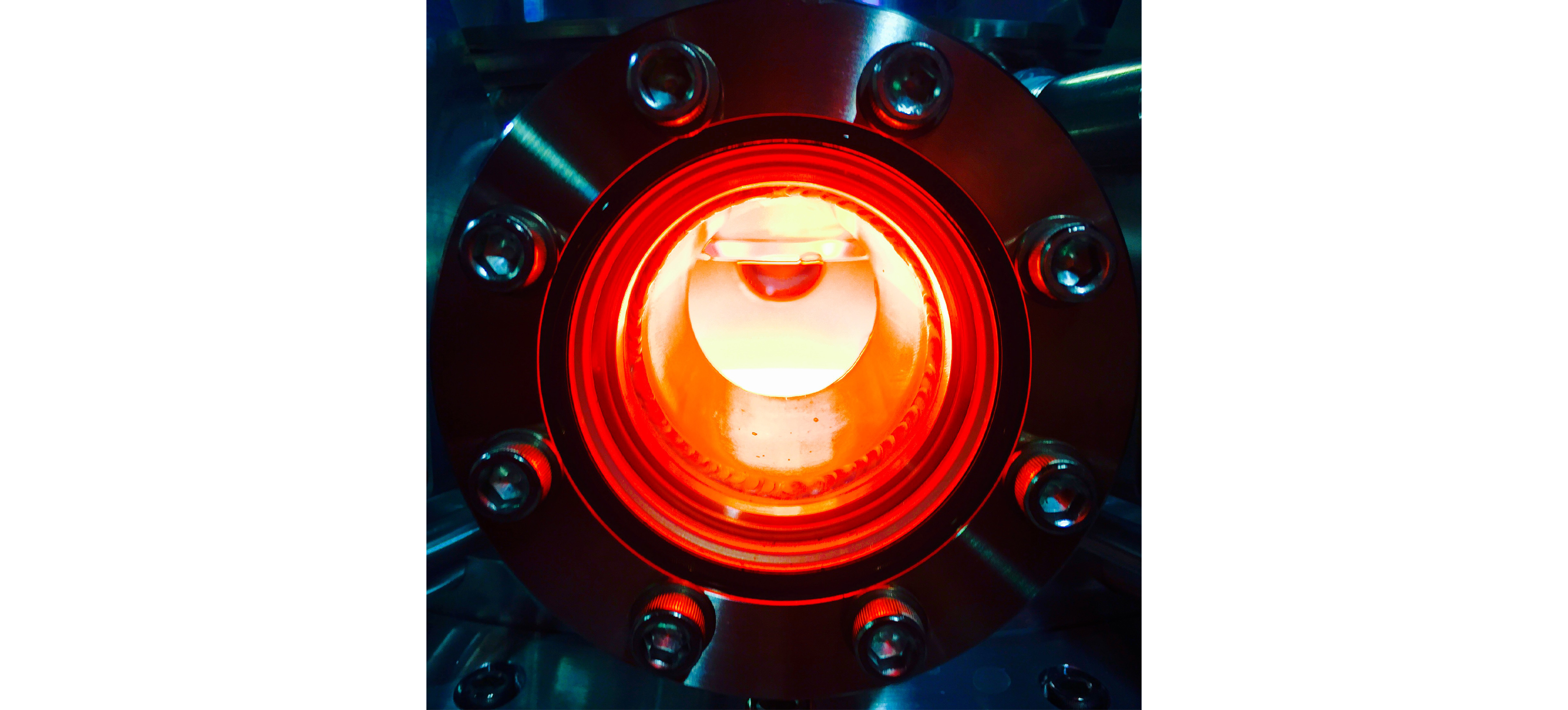Makellose Herkunft


CVD Diamonds: What You Need To Know
Alicia Briggs & Kimberly Zerkel | August 22, 2023
As lab-grown diamonds have grown in popularity — due to their beauty, brilliance, and guaranteed origin — the term “CVD diamonds” has entered the conversation. But this technical term and the diamond-making process it describes are not exactly familiar to everyone ready to buy a diamond or buy an engagement ring.
You don’t have to be a scientist to understand CVD diamonds. Read on to discover what’s behind this lab-grown process and why VRAI created CVD diamonds are right for you.
What Are CVD Diamonds?
CVD Diamonds are lab-grown diamonds made through a process called Chemical Vapor Deposition. They are produced in a laboratory setting without the negative environmental or human toll of mining.
Are All Lab-Grown Diamonds CVD Diamonds?
No. There are two methods for producing lab-grown diamonds : chemical vapor deposition (CVD) or high pressure, high temperature (HPHT).
However, both methods are based on the same growth process as mined diamonds. All lab-grown diamonds form first as carbon atoms under high temperature and immense pressure, then bond together to grow a crystalline lattice structure. Once fully formed, they are cut and polished to reveal their brilliance. Like mined diamonds, lab-grown diamonds come in a variety of color and clarity grades.
Are Chemical Vapor Deposition Diamonds Real?
Yes. CVD diamonds and all lab-grown diamonds are real. They are physically identical to mined diamonds. The only difference between the two is point of origin. Like mined diamonds, CVD diamonds come in various colors and clarities, and must be graded based on the diamond 4Cs.
CVD vs HPHT
HPHT stands for high pressure, high temperature. The thermodynamic process involves placing a diamond seed into pure carbon, then exposing it to intense pressure and heat. The carbon attaches to the diamond seed in 14 different directions and forms a rough diamond with a complex cuboctahedron shape.
HPHT is more costly and less energy efficient. Although HPHT diamonds are free from the human and environmental toll of mining, CVD diamonds are still considered the more sustainable choice.
CVD vs “Natural” Diamonds
The naked eye cannot tell the difference between a CVD diamond and mined diamond. Most trained gemologists cannot tell the difference between a polished mined diamond and a polished CVD lab-grown diamond without using advanced technology— traditional methods and machinery cannot tell the two apart.
As of 2018, the Federal Trade Commission (FTC) considers both lab-grown and mined diamonds to be real. The only difference between the two is point of origin. Unlike a mined diamond, lab-grown diamonds such as CVD diamonds have guaranteed origin.
CVD vs Diamond Simulants
Diamond simulants, or simulated diamonds, refer to gemstones that look like diamonds at first glance. This includes moissanite and cubic zirconia. To the untrained eye, moissanite and cubic zirconia look like diamonds. But the chemical composition of both is inferior to diamonds.
Diamonds are made of carbon and graded according to the 4Cs. Moissanite and cubic zirconia are diamond simulants that are graded differently and of lesser value.


How Are CVD Diamonds Made?
The CVD manufacturing process is considered to be more economical and sustainable. It requires using vacuum chambers to convert carbon-heavy gasses into plasma with less energy consumption. Kinetics allow the carbon atoms inside the chamber to build on top of the diamond seed in a single vertical direction so the rough diamond grows into a cleaner square shape.
How Much Do CVD Diamonds Cost?
Both lab-grown and mined diamond prices are driven by the market. Like all goods, their price varies depending on supply and demand.
But an individual diamond, whether lab-grown or mined, is valued based on the 4Cs: carat, cut, clarity, and color. Because CVD diamonds are chemically and physically identical to mined diamonds, they are graded by the same criteria.
Most CVD diamonds are less expensive than mined diamonds. This has nothing to do with their value, but is based on fewer middlemen. CVD diamonds such as VRAI created diamonds pass through fewer hands than mined diamonds. No mining companies, cartels, or third-party diamond dealers had to be paid along the journey from the stone’s creation to it featuring in your engagement ring.
What Are CVD Diamond Engagement Rings?
A CVD diamond engagement ring is a setting that features a diamond that was lab-grown through the CVD process. In other words… they are diamond engagement rings with guaranteed origin.
Are VRAI Created Diamonds CVD Diamonds?
Yes, VRAI created diamonds are made through the CVD process. In a commitment to being truly sustainable from start to finish, VRAI has chosen the method that is more economical and sustainable.
Not all CVD diamonds are created equal. Many lab-grown diamonds are made in foundries which rely on fossil fuels for energy. Their carbon footprint can be as large as a traditional mine.
VRAI goes above and beyond to protect the future of this planet, our only home. We convert greenhouse gas into VRAI created diamond in our hydropowered, zero-emission foundry.


Why Choose CVD Diamonds?
By selecting a CVD diamond for your engagement ring and fine jewelry, you are celebrating your values alongside your love and personal style. When it’s a VRAI created CVD diamond, you can be assured that it is free from human or environmental toll — which means you can enjoy its beauty, guilt-free.
Speak With Our Diamond Experts
Ready to discover the VRAI created diamond meant just for you? Speak with our diamond experts and you’ll receive in depth diamond education and personalized guidance through our diamond inventory and fine jewelry collections.